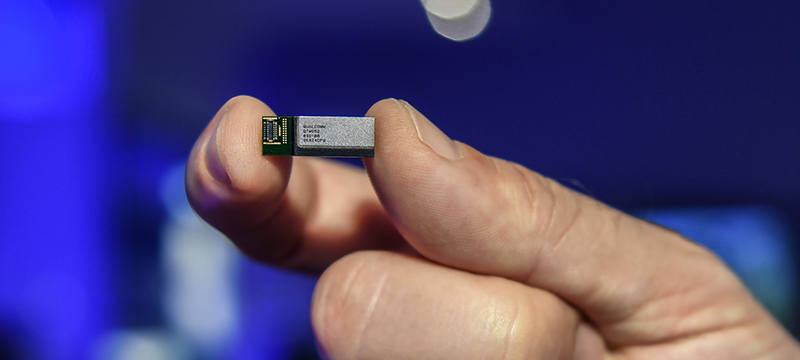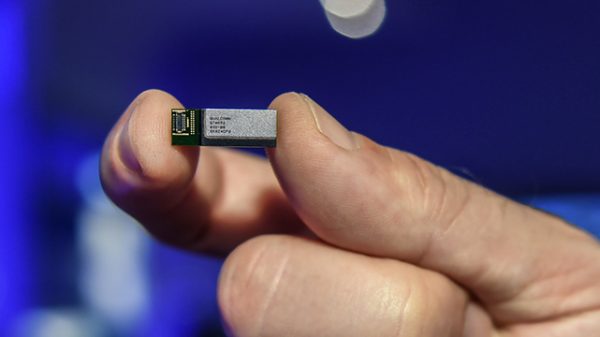

Wordwide IoT antenna shipments are projected to recover to 13 billion units by 2030, according to global technology intelligence firm ABI Research.
While lingering post-pandemic effects and inflationary pressures have slowed growth across key consumer and industrial markets, renewed momentum is expected as connected home, wearable, and hearable devices stabilize, and new technologies reach maturity.
Bluetooth and Wi-Fi-enabled antennas will account for more than 60% of total shipments by 2030. Among individual antenna types, PCB-trace antennas will lead the market, followed closely by SMT antennas. Even though tariffs and inflationary pressures are expected to linger and depress demand in North America, this region will maintain its lead with roughly a 30% market share, driven by its strong consumer sector for wearables, hearables, and smart home devices.
Technology is also boosting the antenna market and lowering one of the key friction points—the wireless antenna design process. According to Dan Shey, Vice President at ABI Research, “One of the most exciting developments in the antenna market is AI-assisted antenna design software. These tools help device OEMs virtually test antenna placement and performance based on board size and electronic design. They can also assist with component selection and enable direct ordering of antennas and ancillary parts.”
Key offerings in this space differentiated by AI features include Ignion’s Oxion platform, Taoglas’ Antenna Integrator platform, and Kyocera AVX’s IoT Solution Optimizer. These developments will help reignite growth in a market that had stagnated in recent years. High interest rates slowed antenna shipments for connected appliances and the collapse of smartphone sales in 2022 hit the hearables market. In addition, the cellular IoT market will continue to experience headwinds due to the delay in 5G IoT device adoption, and slower growth expected in EVs and asset tracking.
In addition, the emergence of Cat-1bis has siphoned significant demand from the cellular antenna market.
Shey explained:
“Cat-1bis has taken the market by storm as an inexpensive connectivity technology that significantly lowers device cost while leveraging worldwide 4G coverage. However, as penetration of this technology continues—replacing Cat-3/4, Cat-1, and Cat-M—devices originally designed with between two and four antennas will now use only one when adopting Cat-1bis.”
The post Global IoT Antenna Shipments to Reach 13 Billion by 2030 Despite Lingering Post-Pandemic Headwinds appeared first on IoT Business News.














